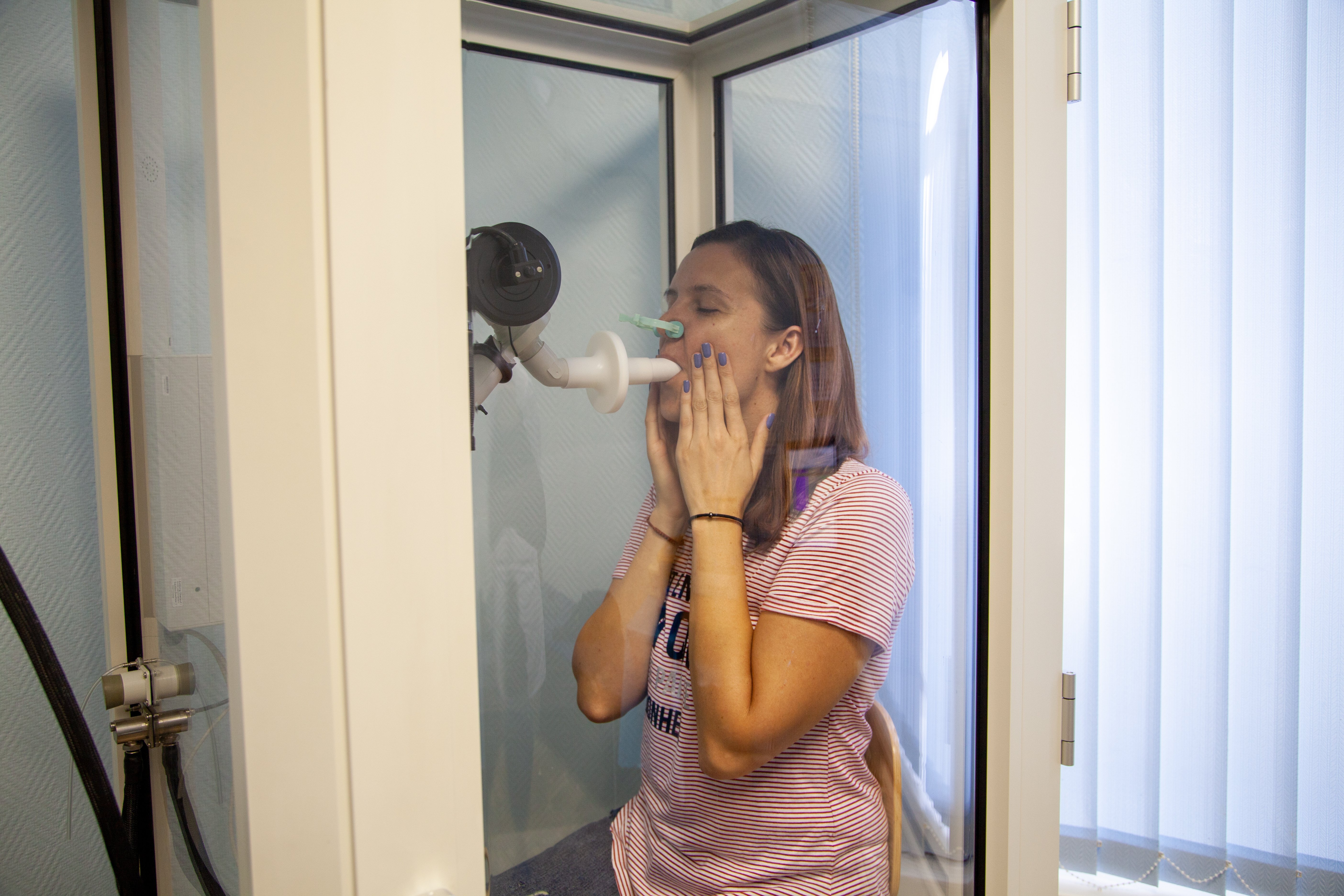 “Breathe in deeply…and blow.” If you’ve ever had a spirometry or lung function test, chances are you’ve heard these words during a doctor’s appointment.
“Breathe in deeply…and blow.” If you’ve ever had a spirometry or lung function test, chances are you’ve heard these words during a doctor’s appointment.
And if you suffer from a chronic respiratory condition or are concerned about your lung health, spirometry should become part of your care plan if it isn’t already.
Spirometry is the fastest and most accurate way to test lung functioning and diagnose lung conditions such as asthma and chronic obstructive pulmonary disorder (COPD). Sometimes known as pulmonary function testing (PFT) or a lung function test, this painless test takes about 15 minutes and can be performed at most doctor’s offices and clinics.
What to expect
The nurse, physician, or other healthcare staff performing the test will give you instructions. The test must be completed correctly for an accurate measurement, so be sure to ask questions if you don’t understand the directions.
Here’s what’s typically involved in a spirometry test:
- You will be seated during the test. A small clip will be placed over your nostrils to make you breathe through your mouth.
- You will be directed to inhale deeply and then breathe as forcefully and as quickly as you can for several seconds into a tube attached to a device called a spirometer.
- You will repeat this procedure three or more times to ensure accurate results. The highest value of the three tests is usually used as the final result.
After this first test, your healthcare provider will give you an inhaled medication - called a bronchodilator. You will then wait approximately 15 minutes and then do an additional round of breath measurements. This will give your doctor an indication of whether the medication was helpful.
How spirometry testing works
Doctors use two main measurements to assess a patient’s pulmonary health:
- Forced vital capacity (FVC) – This is the highest volume of air you can breathe out after taking a deep breath in.
- Forced expiratory volume (FEV) – This is how much air you can forcefully breathe out of your lungs in one second. FEV can gauge the severity of your lung condition.
Low FVC usually indicates that a patient has limitations in their breathing capacity and may suffer from asthma or COPD. A significantly lower result can indicate more serious lung problems.
Who should get a spirometry test?
If you have concerns about your lung health, have been diagnosed with a lung condition (such as asthma), are a smoker or former smoker over the age of 40, your doctor may recommend a spirometry test. Ongoing testing may be recommended to monitor progression or to determine if a treatment is working.
Early detection of lung disease and monitoring lung health through spirometric testing is critical to ensuring quality of life, preventing complications, and ensuring your condition does worsen. If you have any questions, ask your doctor.